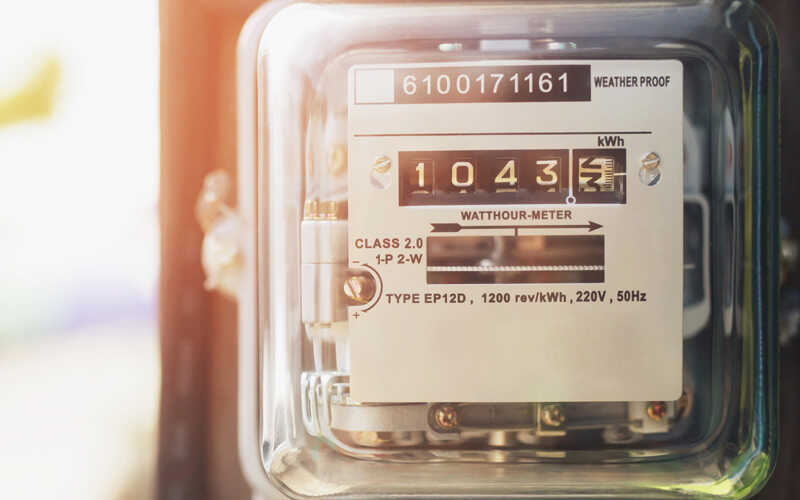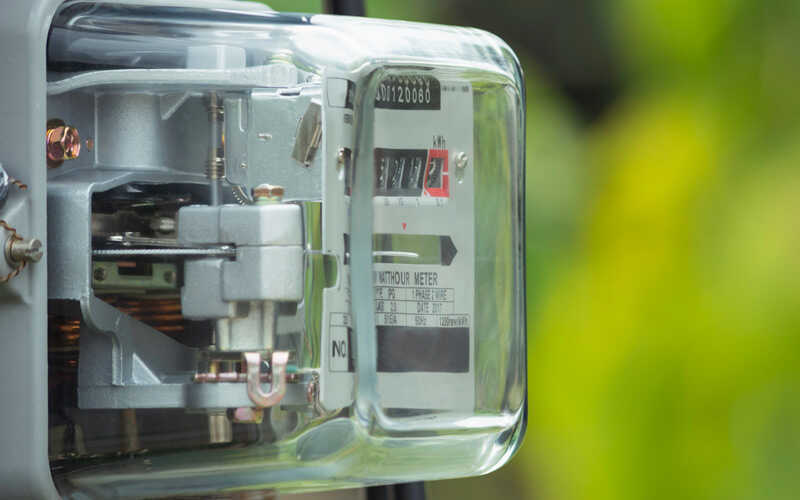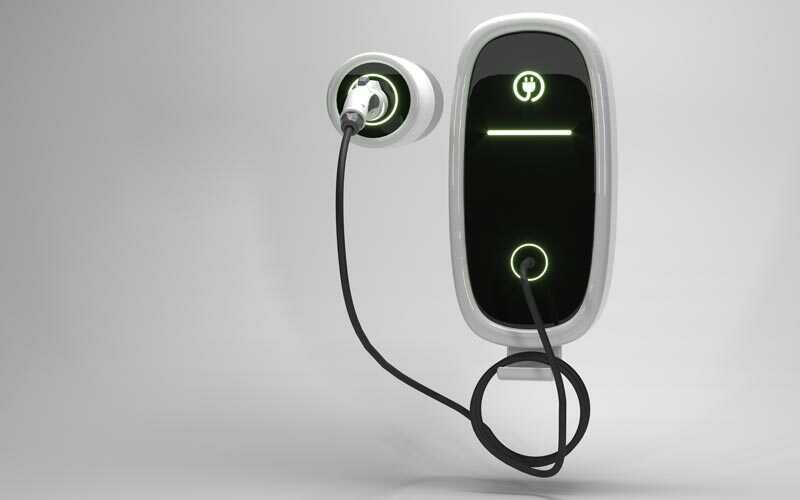Charging & billing electric company cars at home

Electric company car drivers can easily get their electricity costs back from their employer. There are several ways to do this.
Anyone who drives an e-car or hybrid as a company car and can also use it privately usually wants to be able to charge the vehicle conveniently at home. This saves time and effort - but is also reflected in the private electricity bill.
However, employees do not have to be stuck with the costs. There are several ways to settle the electricity costs with your employer. We present your options below.
Option 1: Monthly flat rate
A monthly flat rate is certainly the most convenient solution. In this case, there is no need to document the amount of electricity used, as the legislator does not require individual proof. The maximum amount that the employer can pay the employee each month depends on the type of vehicle and whether free or discounted charging is available at the workplace. A charging card also counts as a charging facility. Alternatively, if the employee bears the costs themselves, the non-cash benefit from the private use of the vehicle can also be reduced. An overview of the maximum amounts:
|
Vehicle type
|
Charging option at the workplace
|
Amount of the lump sum
|
|
E-car
|
no
|
70 €
|
|
|
Yes
|
30 €
|
|
hybrid
|
no
|
35 €
|
|
|
yes
|
15 €
|
Option 2: Wallbox with energy meter
If the employer prefers to bill the electricity costs to the nearest kilowatt hour instead, a private wallbox with an integrated energy meter is worthwhile. The employee then receives the payment as a tax-free reimbursement of expenses. If the employer does not insist on calibration-compliant charging, a MID-certified meter is sufficient. As a rule, the wallbox must be connected to the Internet or home network (e.g. via WLAN) in order to be able to retrieve the meter reading - Internet reception at the parking space is therefore essential. If the wallbox is also to be used for other purposes, e.g. for e-cars belonging to family and friends, access protection such as RFID with different users makes sense in addition to compliance with calibration law. Charging stations that comply with calibration law are also mandatory if the user has an electricity tariff with changing electricity costs and wants to bill these via their employer. When selecting the wallbox, attention should also be paid to how the data is to be transmitted to the employer. There are also two alternatives here:
With manual transmission
If it is sufficient for your employer to be informed of your current electricity consumption - for example by e-mail - no further requirements need to be placed on the wallbox.
With automatic transmission
A private wallbox can also be connected directly to the employer's billing backend. For this purpose, the wallbox must have internet or mobile phone capability and be equipped with the current OCPP (a standard for communication between charging stations and management systems).
|
Background knowledge: Types of meters Meters that comply with measurement and calibration law The purpose of measurement and calibration law is to protect consumers - for example the user of a charging station - by stipulating that quantities must be measured and thus billed in a uniform manner. This law applies to all kinds of measuring devices, such as scales and water meters, whose conformity with calibration law is determined through calibration. In the field of electromobility, it ensures that charging stations and wallboxes are billed uniformly and that the measurement data and billing can be stored and checked. Anyone who wants or needs to bill electricity in accordance with measurement and calibration law should therefore look out for a corresponding product notice when purchasing a charging station. MID-certified meters MID is an abbreviation for the European Measuring Instruments Directive. It describes requirements for certain groups of measuring instruments. If these requirements are met and a corresponding declaration of conformity is issued, there is no need for initial verification. This means that MID-compliant meters can also be used for billing in many cases. Important: If the electricity is supplied commercially and in the public sector, a meter that complies with measurement and calibration law should be used.Simple meter This type of metering does not meet any legal requirements. It is mainly used for monitoring for personal use. |
In order for the proposal to be discussed at the next owners' meeting, you must submit a motion. Please note the deadline for this - if you are too late, you may have to wait until the next meeting.

Interesting facts about your e-fleet

Fleet management: How digital billing solutions are driving e-mobility in companies

